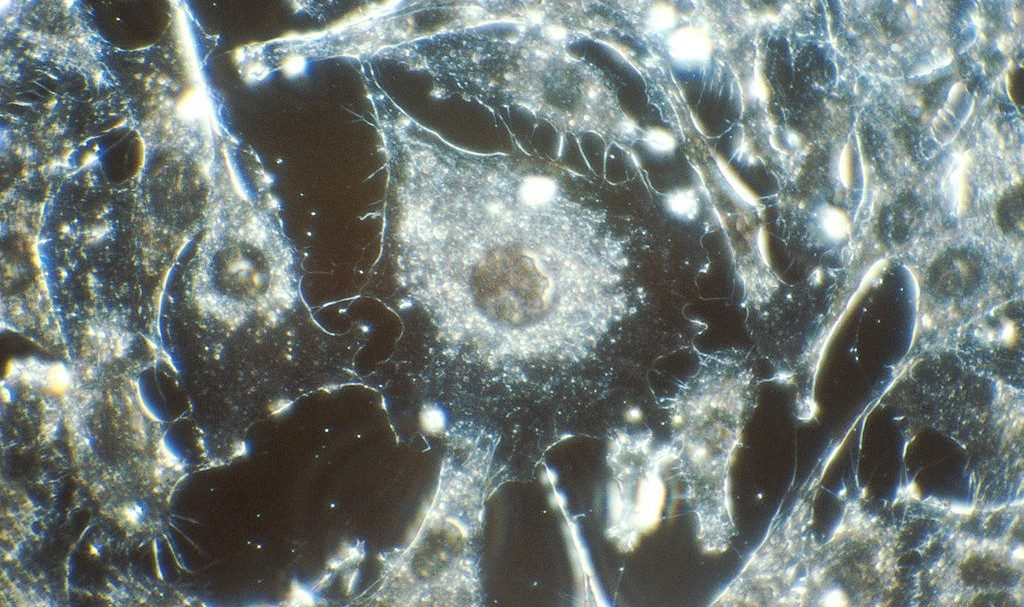Congenital disorders
A Sweet Solution For Better Chemotherapy
Asian Scientist Magazine (Aug. 10, 2023) — To ease pains of chemotherapy for cancer patients, researchers are always exploring better options. These are drugs that either alleviate side effects of chemotherapy or improve its efficacy. Mannose, a type of sugar found in many fruits, could offer a sweet solution for the latter.
Long before scientists figured out mannose could kill cancer cells, its toxicity was discovered elsewhere. In 1939, German scientist Theodor Staudenmayer found that feeding mannose to honeybees killed them. Later work revealed the cause: honeybees lack mannose phosphate isomerase (MPI), an enzyme that converts mannose into fructose and back, as required. Consequently, they can’t process mannose leading to its build-up.
In a multi-institutional study published in eLife, researchers demonstrate a link between the anticancer activity of mannose and its toxicity for honeybees.
Asian Scientist Magazine spoke to Yoichiro Harada, a researcher at Osaka International Cancer Institute and the lead author of the study. “We found that the honeybee syndrome is a key mechanism behind how mannose enhances chemotherapy,” said Harada.
To simulate the honeybee syndrome in human cancer cells, the researchers deleted the gene that codes for MPI. When supplied with a concentration of mannose close to what’s naturally present in cells, the gene-edited cancer cells thrived. When they were starved of mannose, the cells did not proliferate as expected due to the role of mannose in the production of glycans, complex sugars that dot the cell surface.
The cancer cells also failed to proliferate when they were provided with higher concentrations of mannose. Further, these cells displayed greater vulnerability to chemotherapy agents. Mannose hits a double punch: it makes cancer cells grow extremely slowly while opening their gates for cancer-treatment drugs.
The team investigated what makes this double punch possible. Healthy cells go through a cycle where they double the amount of DNA inside them before dividing into two cells with equal amounts of DNA. Cancer cells, in fact, go through these cycles so much faster than healthy cells that this highly proliferative nature is a hallmark of cancer. The addition of mannose, however, stalled their proliferation. The researchers observed that the cells were stuck in an early stage of the cell cycle: either unable to synthesize new DNA or proceed to cell division.
A complex process that begins with a mannose oversupply freezes the cells in a state that they can’t grow out of. In subsequent experiments, the team pinned this down to mannose excess altering the metabolism of cancer cells. Specifically, it prevents the production of nucleotides, the building blocks of DNA.
It is this scarcity of nucleotides that underlies the anticancer property of mannose. Other than the synthesis of new DNA, the machinery that repairs damage in DNA also requires nucleotides. At high mannose levels, cancer cells cannot repair the DNA damage caused by anti-cancer drugs, improving their efficacy.
Mannose treatment could be particularly effective for cancers that have low activity of the MPI enzyme. Alternatively, drugs that lower nucleotide levels in cancer cells are also promising. “We have developed cancer organoids from patients [and] we are now testing if these drugs can enhance chemotherapy,” Harada added.
Presently, mannose finds use in the treatment of patients suffering from congenital disorders of glycosylation (CDG), marked by defective mannose metabolism. But, a steep increase of mannose in the blood following treatment causes toxic side effects due to its structural similarity with glucose.
In future work, the team plans to look deeper into the molecular links between mannose excess and a lack of nucleotides. This could pave the way for the development of drugs, for both cancers and CDG, that have the benefits of mannose without its toxicity.
—
Source: Osaka International Cancer Institute ; Image: Wikimedia Commons
The paper can be found at: Metabolic clogging of mannose triggers dNTP loss and genomic instability in human cancer cells | eLife
Disclaimer: This article does not necessarily reflect the views of AsianScientist or its staff.


